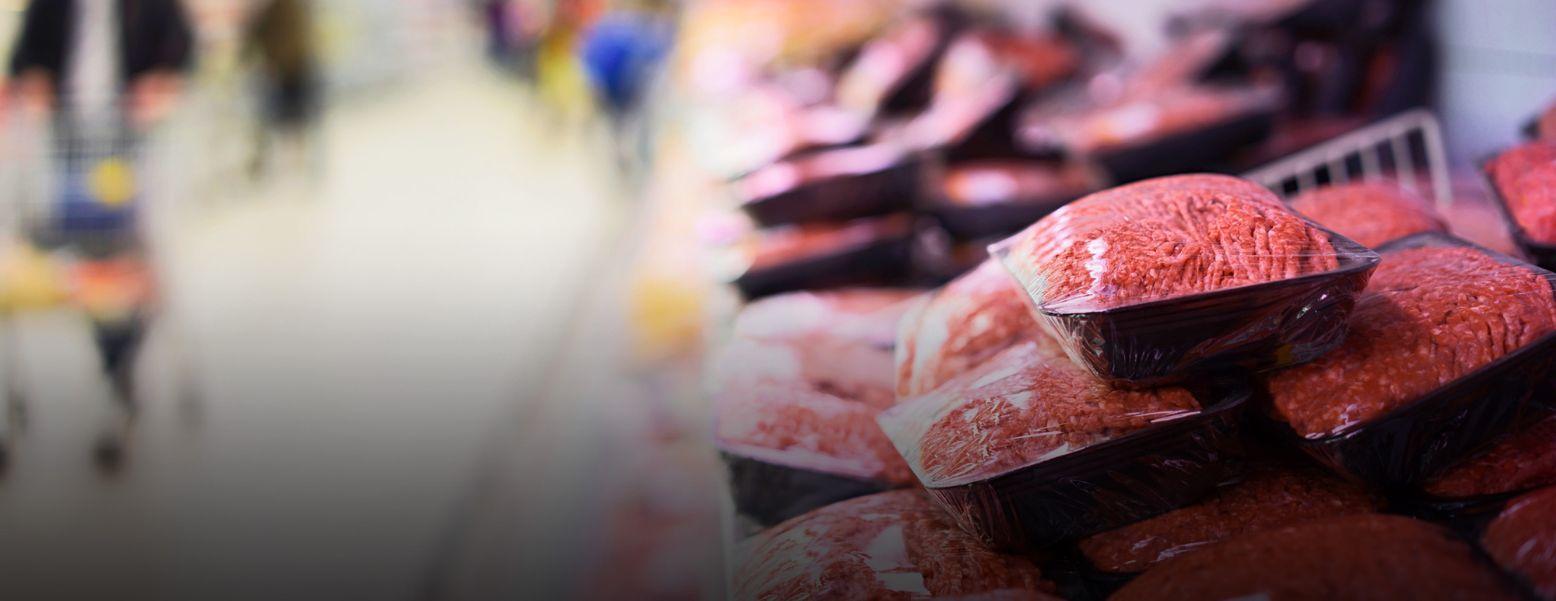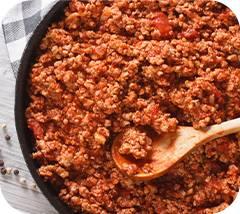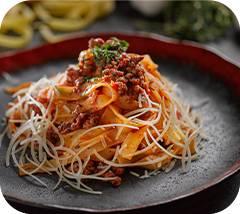- Home page
- Dive into cooking methods 101
- More tips up our sleeve
- All things mince
- Buying & storing mince
There are numerous meals you can make with mince. Lasagne, savoury mince, meatloaf and little beef rissoles, are just a few examples of deliciously good mince meals, but they’re also the starting point for your own versions of these much-loved dishes.
To make the most of this versatile and tasty meat there are a few rules to follow when buying and storing mince.
Mince categories
The names and categories for minced meat vary from supermarket to supermarket and from butcher to butcher. Premium, gourmet, lean, star ratings, Heart Smart, best and choice are just some of the terms used by retailers to describe the differing categories. These labels can be confusing for home cooks, particularly when they’re shopping for the lowest fat choices, because the different terms contain varying degrees of fat.
Our advice is to:
- check the label – packaged mince with a ‘lean’ or ‘diet’ related claim must have the fat content clearly marked on the label.
- or ask your butcher
Which mince to choose?
Leanest grades of mince are the preferred choice for health, but the type with slightly higher fat content will give a better result in some recipes.
- The leanest mince is the best choice for minced meat sauces like bolognaise.
- Mid-range grades of mince with a little more fat are good for burgers, meatballs, kofta and meatloaf. That little bit of extra fat helps keep them moist.
- Regular grades of mince are good all purpose choice, just make sure to spoon off the fat as you brown the mince.

How to buy and store mince correctly
When buying mince
- Feel or touch the packaging when buying pre-packaged mince, particularly in supermarket fridges to ensure they are still well chilled. Only buy mince from undamaged packaging.
- Ensure the package is sealed properly and that meat juices cannot leak.
When handling mince it is very important to maintain good food safety habits to eliminate contamination.
Most contamination occurs on the surface of meat. The greater the surface area exposed, the more chances for bacteria. When meat is minced, the surface area of the meat is greatly increased and bacteria on the outside can move to the inside.
When storing mince
- Do not store fresh mince any longer than necessary. Refer to use-by dates for packaged mince and use well within that time. Unpackaged mince is best used within 1 or 2 days of purchase.
- Freeze mince you don’t intend to use. Mince can be frozen for 2 to 3 months. Rather than freezing unpackaged mince in a roundish shape as bought from the butcher, lay it out flat to freeze. This allows the mince to both freeze and thaw evenly.
- Thaw frozen mince (or any meat) on the lowest shelf in the fridge, away from any ready-to-eat food.
- Use extra care with frozen mince. Its greater exposed surface area of meat means it should be cooked as soon as possible after defrosting.
- Only thaw mince in the microwave if you’re cooking the mince immediately after.
- Never refreeze thawed mince (or any meat) without cooking it first.
Why is mince sometimes brownish in colour inside the pack?
It is normal to find a bright reddish colour on the outer portion of mince, since this is the part of the meat that is in contact with oxygen. Oxygen from the air reacts with meat pigments to form the reddish colour. The pigment responsible for the red colour in meat is oxymyoglobin.
It is not old meat in the centre of the package, it is normal to find that the inner portions are brownish due to lack of contact with air. Once exposed to oxygen, the red colour or ‘bloom’ returns to the meat.
If all of the meat is greyish in colour it’s a sign the meat is past its best use-by time.



